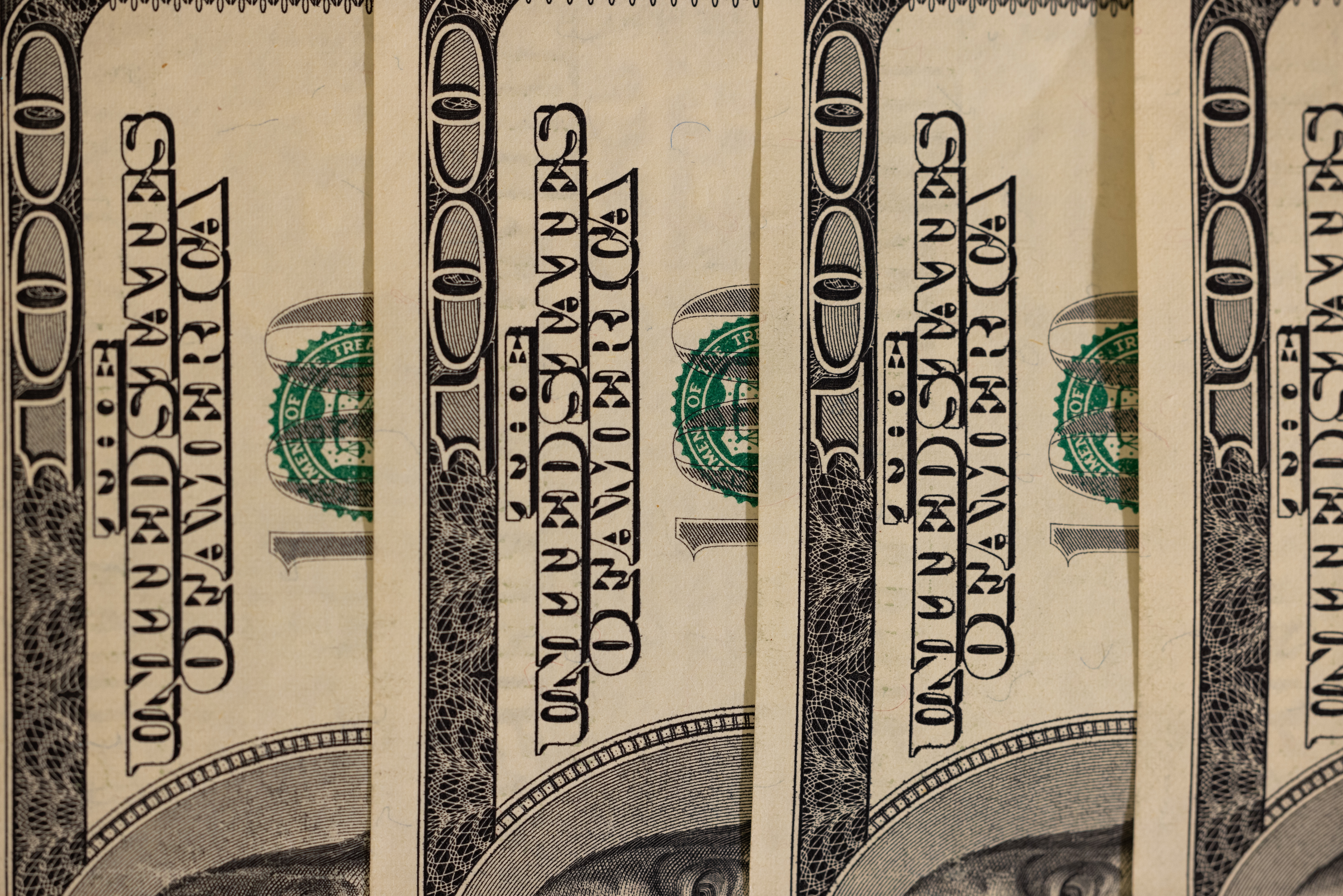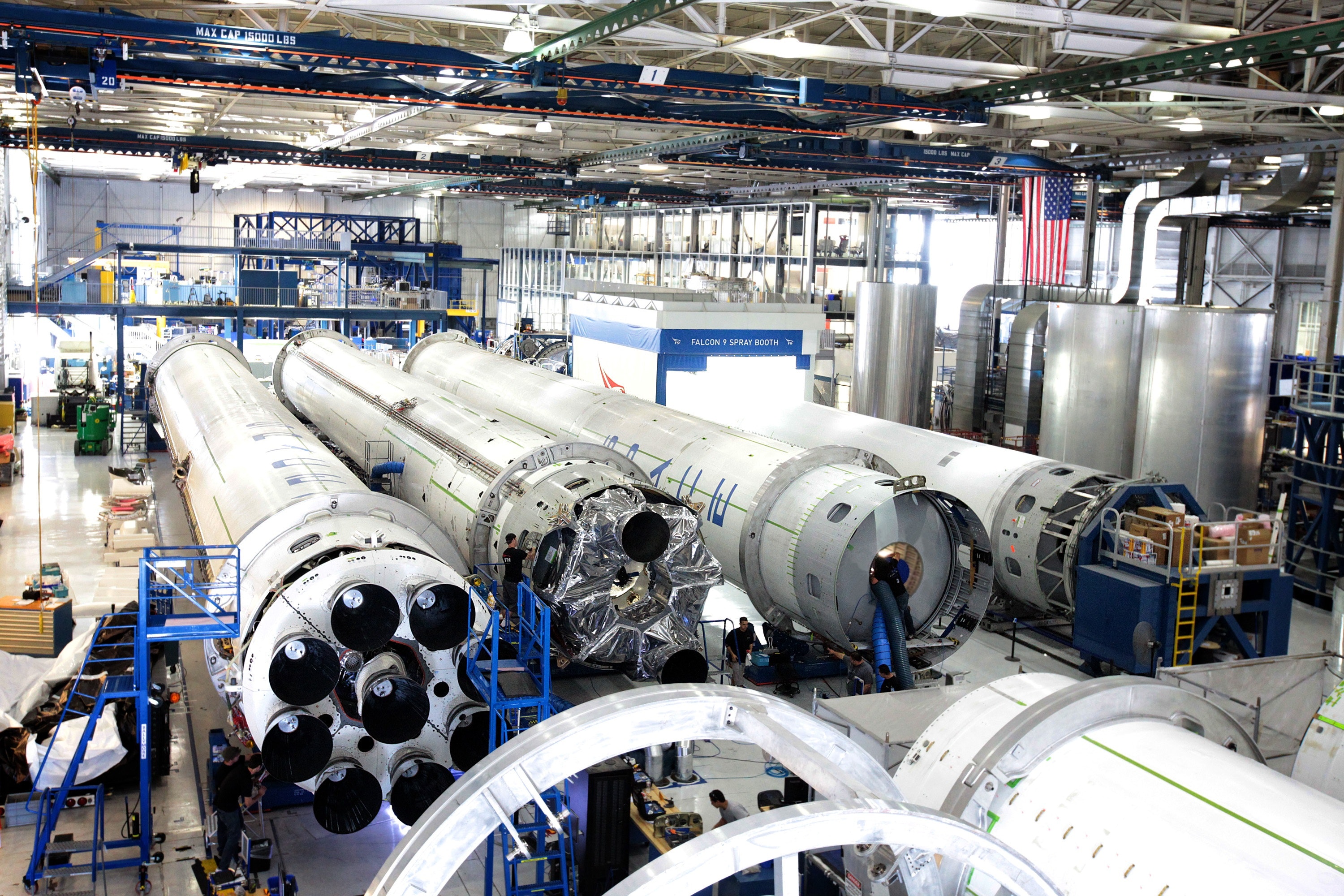
VERTU IRONFLIP: A Perfect Fusion of Intuitive Design and Heroic Colours
VERTU IRONFLIP, a folding screen mobile phone for high-end men, not only has the top technological configuration, but also the
Even though the risk of economic recession has increased sharply, the European Central Bank (ECB), once known as the “dove king,” has ultimately chosen to raise interest rates aggressively to combat inflation.
On September 8th at 20:15 Beijing time, the ECB announced its interest rate decision and, as expected, raised interest rates by a substantial 75 basis points, a move that has not been seen since 1999. After the rate hike, the ECB’s marginal lending rate is 1.5%, the main refinancing rate is 1.25%, and the deposit facility rate is 0.75%.
It is worth noting that there were already signs that the ECB would take aggressive action to raise interest rates. At the end of August, during the Jackson Hole Central Bank Symposium, several hawkish ECB officials proposed the possibility of a 75 basis point rate hike, and even some dovish officials urged the ECB to take strong action.

The significant interest rate hike this time will not be the end, and the European Central Bank will continue to take action. “The Governing Council expects to raise interest rates further to curb demand and guard against the risk of a continuous rise in inflation expectations,” the European Central Bank said. The European Central Bank has raised its economic forecast for this year but lowered the economic growth forecast for the next two years and expects the economy to stagnate in the later part of this year and the first quarter of 2023. In addition, the inflation forecast for the next three years has been revised upwards.
Angel Talavera, Head of European Macro at Oxford Economics, analyzed that the soaring natural gas and electricity prices will have a greater impact on consumer income and spending as well as industrial activity, prompting the European Central Bank to adopt a strong tightening policy in the coming months.

Facing the highest inflation in decades, the European Central Bank (ECB) announced in July an increase of 50 basis points for all three key interest rates, with the deposit facility rate rising to 0%, marking an end to the era of negative interest rates.
After the July meeting, inflationary pressures in the eurozone continued to intensify. Preliminary data released by Eurostat on August 31 showed that under the conflict between Russia and Ukraine, energy and food prices in the eurozone continued to soar. The inflation rate in August soared 9.1% year-on-year, higher than the 8.9% in July, exceeding expectations and reaching a record high, nearing double-digit inflation.
What’s worse, the core harmonized CPI, which excludes energy, food, and tobacco prices, is 4.3%, also a record high. The continuous rise in the core inflation rate highlights that price pressures are spreading to a broader economic field. Economists predict that the eurozone’s inflation rate has not yet peaked. With the surge in natural gas and electricity prices, the inflation rate in the eurozone is expected to rise further in the coming months, possibly reaching double digits.
In addition to the inflationary pressures brought about by the surge in energy prices, the recent aggressive interest rate hikes by the Federal Reserve have also had negative spillover effects on Europe, with the euro continuing to weaken against the US dollar and breaking parity several times, further exacerbating Europe’s inflationary pressures.
At this meeting, the European Central Bank significantly raised its inflation expectations, forecasting a harmonized CPI of 8.1% for the eurozone in 2022, up from a previous forecast of 6.8%; a CPI of 5.5% for 2023, up from a previous forecast of 3.5%; and a CPI of 2.3% for 2024, up from a previous forecast of 2.1%.
Zhao Wei, Chief Economist of Guojin Securities, stated that under the backdrop of high global energy prices and contracting trade, Europe’s exports may continue to weaken and drag down economic performance. Geopolitical tensions and extreme weather events could both recur, intensifying the energy supply and demand contradiction, keeping prices at high levels or even reaching new highs, and continuing to be a heavy burden on European exports.
At the same time, leading indicators show that the global manufacturing PMI has dropped significantly from above 55% to 50.3%, which seems to indicate that the trend of weakening global trade demand may continue. German export orders have fallen sharply since the beginning of the year, suggesting that the economic outlook may continue to decline.
Worse still, policy tightening under “stagflation” may lead to a resurgence of the European debt issue, which could have a negative impact on the economy. Zhao Wei stated that under the inflation targeting system, the European Central Bank (ECB) will have to accelerate policy normalization. For economies with more prominent debt repayment pressures, such as Italy and Spain, an interest rate hike by the ECB could become an unbearable burden.

As natural gas and electricity prices soar, the escalating energy crisis and central bank interest rate hikes are becoming an “unbearable burden” for the European economy.
Due to the surge in energy prices, Europe has lost half of its zinc and aluminum smelting capacity and 70% of its fertilizer production capacity in the past year. European manufacturers of automotive parts, chemicals, and metals are finding it increasingly difficult to bear the skyrocketing energy prices.
The disappearance of a large amount of industrial production capacity in the European Union may have far-reaching impacts. Some factories that have relocated may not return. Michael Hüther, a researcher at the German Economic Research Institute, warned this spring that if Europe loses too much of Russia’s natural gas too quickly, it will plunge the entire European continent into a severe crisis.

On an official level, German Economy Minister Robert Habeck also stated that as long as energy is an important component of business models, German companies will feel extremely anxious. Energy is an essential component that almost all German manufacturing companies must consider, and most of the business models of German manufacturing are based on Russia’s abundant and cheap natural gas. However, everything has changed now.
Talavera analysis suggests that the rise in energy prices will also lead to higher inflation peaks and a later timing than previously expected. High inflation will further extend into next year. It is expected that the average inflation rate in the eurozone in 2023 will be 4.3%, higher than the previously predicted 2.2% by the Oxford Economics Institute.
Next, European companies will face increasing impact. Morgan Stanley estimates that against the backdrop of an escalating energy crisis and intensifying inflation, European corporate profit margins will face the largest decline in more than a decade.
Morgan Stanley strategist Graham Secker warned: “As companies’ pricing power begins to weaken, profit prospects for next year may become much more difficult. Our leading profit margin indicator shows that European corporate profit margins will experience the largest decline since the global financial crisis of 2008 next year.”
However, the good news is that European governments have taken some actions to alleviate the problem. On September 4, the German ruling coalition reached an agreement on the third round of relief plans, with a total amount of 65 billion euros to ease the pressure caused by the reduction of Russian natural gas supply and the increase of energy bills.
UK Prime Minister Liz Truss announced a £1 trillion package on the 8th to help people pay their energy bills. The new plan will cap the average gas and electricity bills for households at around £2,500 per year, which is £500 higher than the current limit but £1,000 lower than the limit that will be implemented in October.
In Talavera’s view, the surge in energy prices could potentially trigger social unrest, so further policy support from European governments is almost certain. Tax cuts and government transfers may continue to be the most popular policy choices, which would alleviate the pressure caused by soaring inflation.

Facing the dilemma of high inflation and economic recession, the European Central Bank has made a choice: “prioritizing inflation resistance over economic growth,” and the European economy is already in a precarious situation.
Before the first interest rate hike in July, the Eurozone’s economy actually performed quite well in the second quarter. On September 7th, data released by the Statistical Office of the European Union showed that the second quarter GDP of the Eurozone was a final value of 0.8% on a quarterly basis and 4.1% on a year-on-year basis, both better than expected.
However, the European economy is about to enter a dark period. The “violent interest rate hike” to combat inflation is likely to come at the expense of economic growth, and the energy crisis has further exacerbated the economic difficulties. Currently, European industrial output has already been impacted, and the soaring electricity prices may force more manufacturers to reduce their operations. In addition, the surge in energy bills has further weakened European consumers’ disposable spending.

Germany, the economic powerhouse of Europe, is showing clear signs of fatigue. Data released by the Federal Statistical Office of Germany on September 6th showed that Germany’s factory orders in July fell by 1.1% month-on-month, marking the sixth consecutive month of decline and exceeding market expectations, which has intensified concerns about the growth prospects of Europe. In addition, Germany’s GDP growth rate in the second quarter was only 0.1%, far below the 0.8% in the first quarter.
Under the impact of supply bottlenecks and energy issues, Europe’s trade conditions have deteriorated significantly, and the trade deficit has continued to widen. Germany has seen its first trade deficit in 30 years. Zhao Wei said that under the supply bottlenecks, European industries such as the automotive industry have suffered a huge impact; the surge in energy prices has led to a significant increase in production costs for some upstream European companies, severely eroding profits and depressing production enthusiasm, all of which have led to a noticeable decline in Europe’s export share of goods.
The deterioration of trade conditions has led to an increase in imports and a continuous widening of the trade deficit. Taking Germany as an example, the trade deficit with China, which has a relatively complete supply chain, has widened significantly, and the trade deficit with energy-exporting countries such as Norway has also continued to widen.

From various signs, it appears that an economic recession in the eurozone is almost certain, and even the European Central Bank itself predicts that the economy will stagnate in the latter half of this year and the first quarter of 2023. Talavera warns that the surge in energy prices will lead to demand destruction, and a recession in the eurozone is expected during the winter, with the GDP growth rate forecasted to be 0% for 2023 (previously 0.9%).
In Zhao Wei’s view, major economic indicators in Europe have declined rapidly recently, and concerns about a recession have significantly increased. Since the outbreak of the Russia-Ukraine conflict, the manufacturing PMI in countries such as Germany and France has continued to fall to around 50%; in terms of consumption, the eurozone’s consumer confidence index fell to -24.9 in August, which usually leads residents’ consumption expenditure by three months and also reflects the risk of weakening consumption.
Compared to the more resilient US economy, the European economy is weaker, and the risk of recession is more severe. Under the divergence of the US and European fundamentals, the US dollar index once broke through 110, and the euro exchange rate against the US dollar continued to fall below parity.
For the European economy, the worse is apparently still to come. As the cold winter approaches, the energy crisis may further deteriorate, dealing a greater blow to the economy. At the same time, the impact of aggressive interest rate hikes on the economy will gradually emerge. The European Central Bank will also face greater challenges ahead.